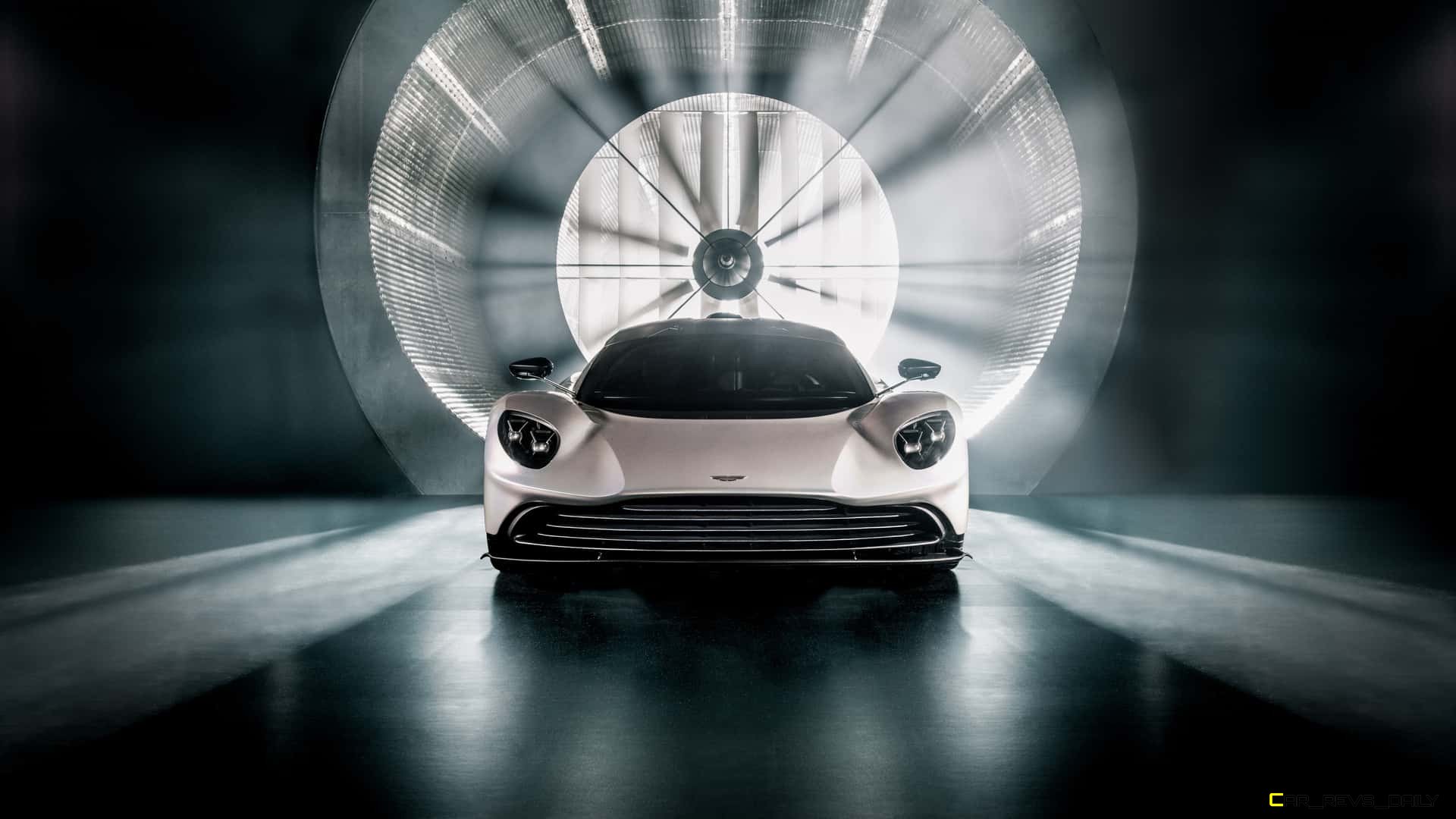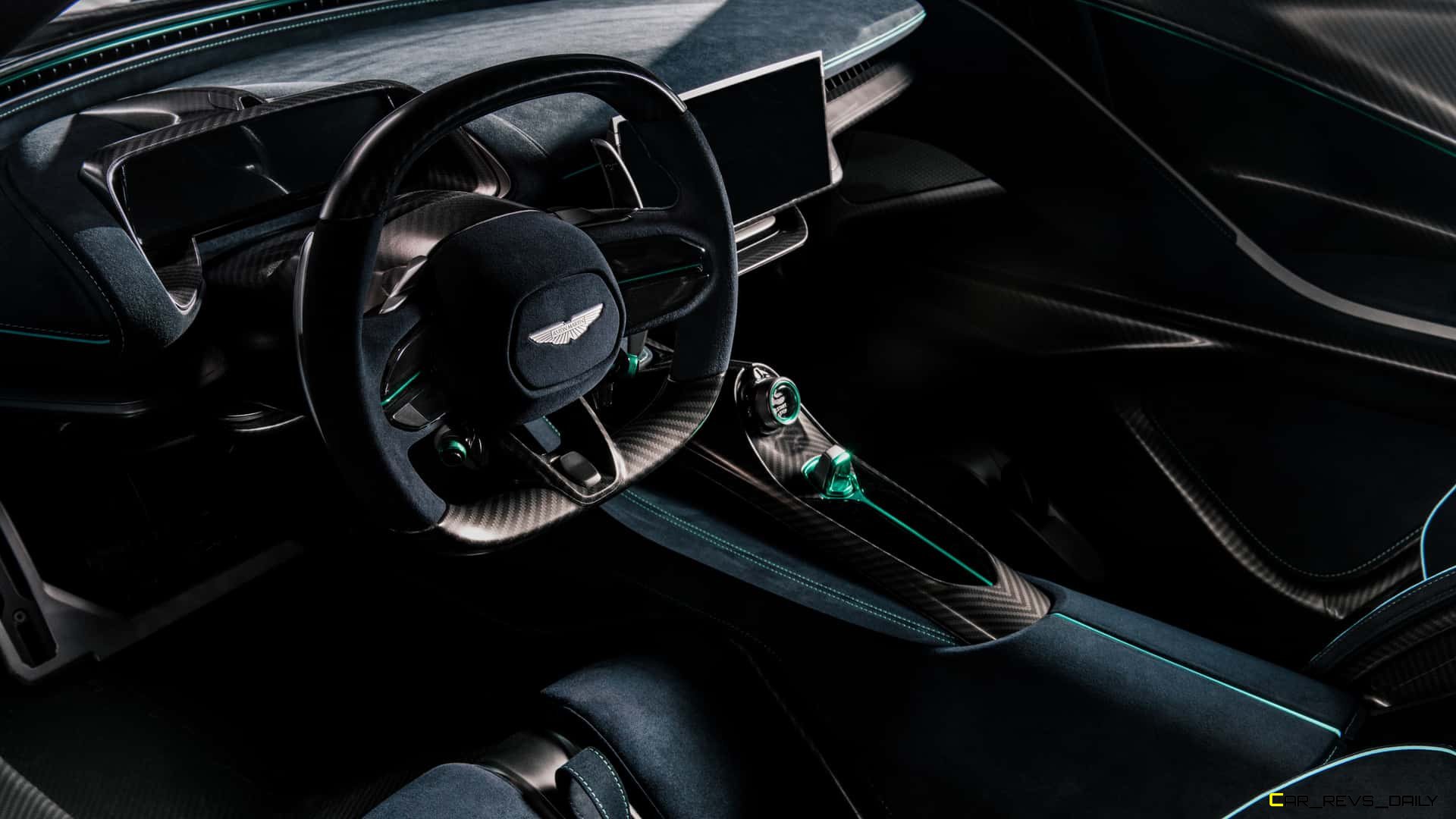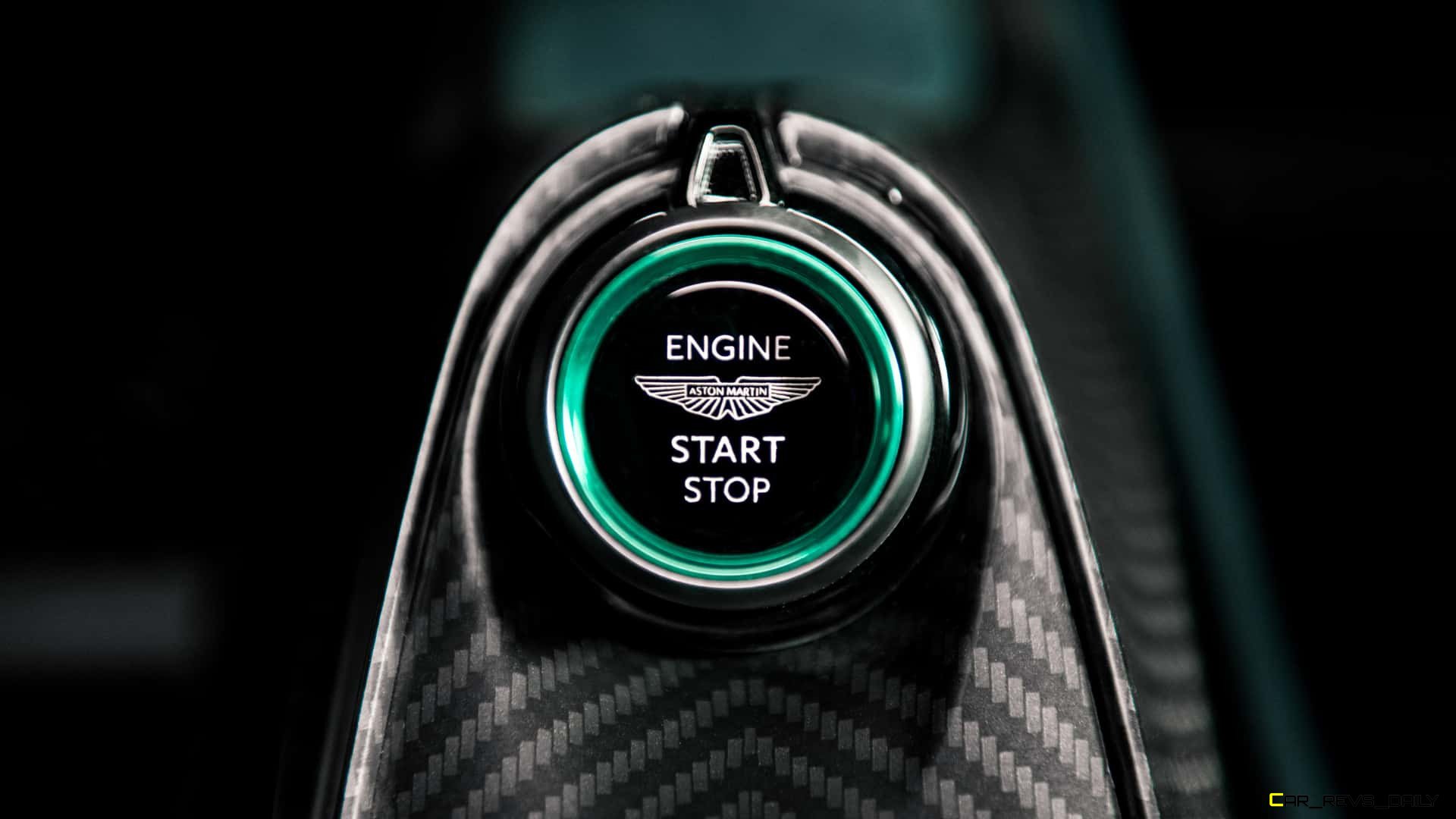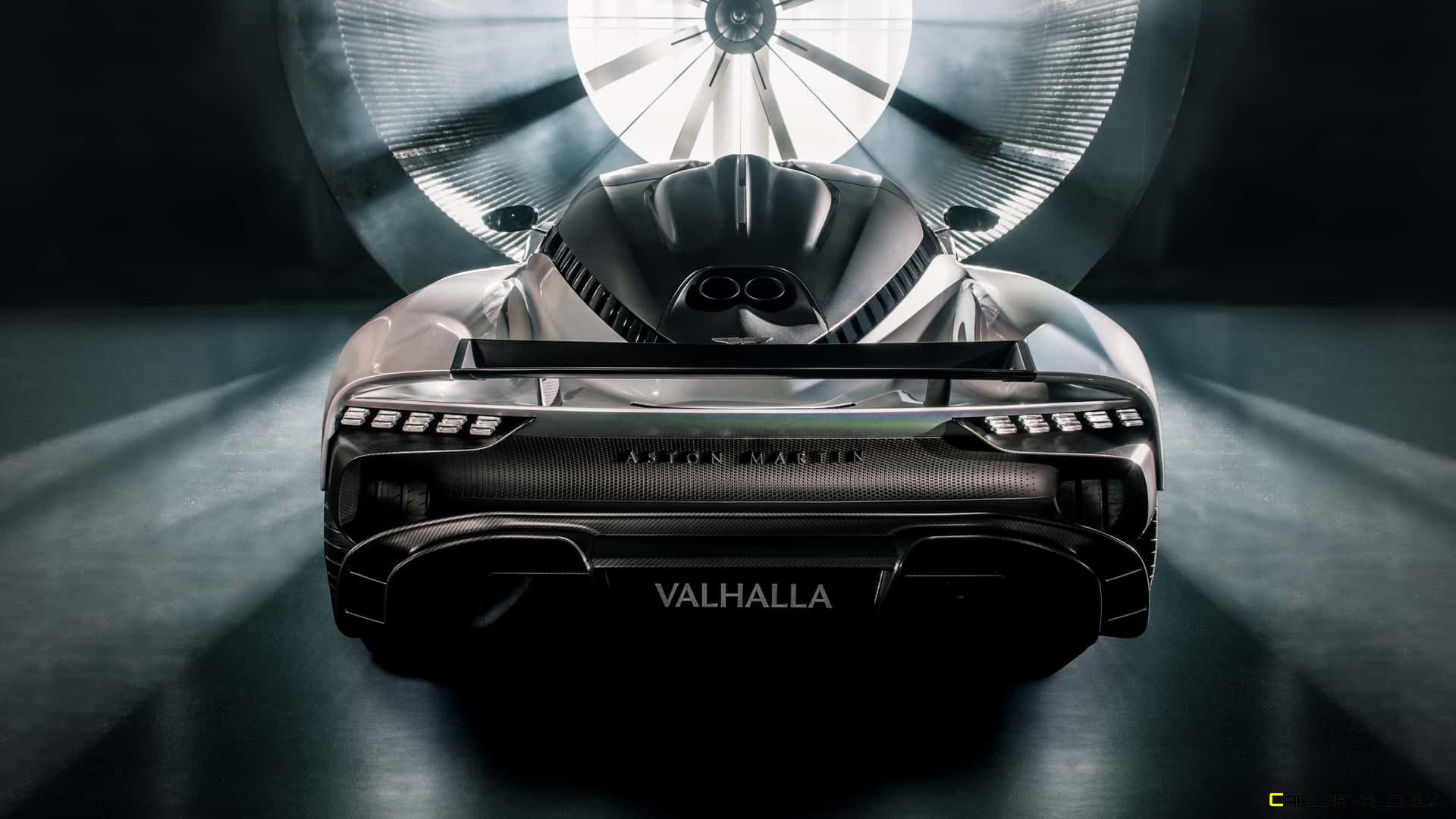Aston Martin has recently been on a roll regarding products, with the British sports car maker launching the DB12 and the wild and extremely rare Valour sports car. However, the Valhalla supercar is one model we have not heard much about in a long time. Getting its name from the Norse word for heaven, the development of the supercar has been far from a heavenly experience for Aston. The car was first announced in 2019, with the company claiming that it would get a hybrid V6. However, COVID-19 forced the company to focus on more pressing matters before announcing in 2021 that it would pitch the six-cylinder for a hybrid-equipped V8. Since then, the Valhalla has mainly been wallpaper candy with no examples hitting the road. That’s changing, though, with the company confirming that the model will finally enter production early next year.
F1 Technology Played a Key Role In Valhalla’s Development

Aston Martin reps chose to focus this latest update on the development process that has helped the Valhalla reach this point, with the company claiming that advanced computer simulations were responsible for 90 percent of the car’s dynamic settings, with the remaining 10 percent coming from real-world testing. While this digital-based development undoubtedly played a significant role in the Vallhalla’s long gestation period, it also allowed Aston Martin engineers to craft the aerodynamics of the car in ways that would not have been possible with a pure analog approach.

Formula 1 also played a key role in other regards, with the interior of the Valhalla featuring a raised false floor for the driver that allows their heels to remain raised while the carbon sport bucket seats are fully reclined. Aston claims that they did this to help maintain a high level of comfort, but we look forward to seeing for ourselves soon whether the trick floor succeeds in that mission or not. Performance will come from a 4.0-liter, twin-turbo V8 that’s paired with three electric motors to produce 997 horsepower. That figure is higher than what we have heard in the past, and the company also confirmed that the transmission will have no reverse gear, with the front motors being tasked with helping the Valhalla move backward in certain situations.
“The knowledge and experience of the AMF1 team personnel at Aston Martin Performance Technologies combined with the skills and know-how of our road car development teams has enabled us to bring direct F1 car learnings to sportscar development,” stated Carlo Della Casa Aston Martin product development director. Our target for Valhalla is to produce a supercar that will set best-in-class standards for performance, dynamics, and driving pleasure.”
When Can I Buy A Valhalla?

Aston Martin has plans to produce 999 examples of the Valhalla, and while that final figure is subject to change, it appears that the timeline to production is still on track, with the first examples hitting the road early next year. It’s unknown how many will find their way to owners here in the U.S., but the bulk of them will find homes in the Middle East and China, where the company has a strong pool of customers.

Carl Malek has been an automotive journalist for over 10 years. First starting out as a freelance photographer before making the transition to writing during college, his work has appeared on numerous automotive forums as well as websites such as Autoshopper.com.
Carl is also a big fan of British vehicles with the bulk of his devotion going to the Morgan Motor Company as well as offerings from Lotus, MG, and Caterham. When he is not writing about automobiles, Carl enjoys spending time with his family and friends in the Metro Detroit area, as well as spending time with his adorable pets.

